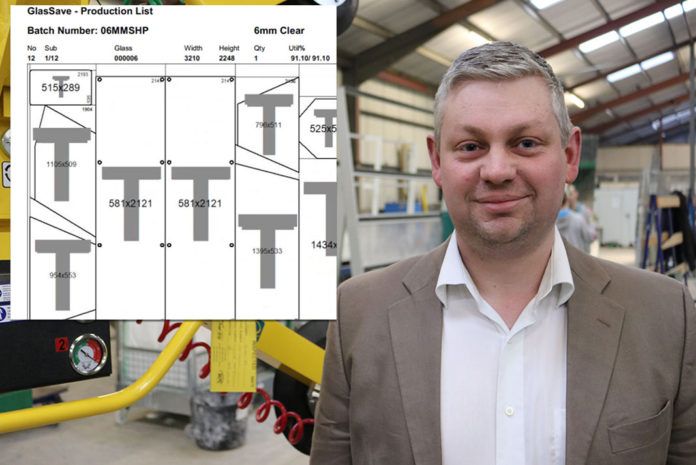
Halsall Glass has said that it has more than doubled its turnover in less than a year, driven by customer acquisition post lockdown and exponential growth in demand.
The glass processor, which operates across a number of markets, including construction, supply to other glass companies, interior fit out, leisure, retail display, said that it had won a number of new contracts, while existing customers had also seen growth.
Rob Halsall, managing director, Halsall Glass, said: “We came back early in comparison to our competitors because we could socially distance very easily and because the demand for glass was still there.
“That meant we picked up a number of new customers, who we’ve retained, while as more of the industry came back, it fed into that demand. We’ve doubled in size on this time last year.”
According to Halsall Glass, its use of business management and optimisation software from Clear Thinking Software, has been instrumental in managing demand and safeguarding its profitability.
This includes Glass Office, its operational management tool for the glass processing and IGU sectors, which was launched by Clear Thinking Software in 2001.
It’s designed to support management of the complete order process from quote through to scheduling, production, invoicing and warranty, using bar code and scanning technology to provide real-time visibility of exactly where product is in the production cycle.
Unique features including the ability to manage pricing, discounts and orders; track failed units to specific production cycles to understand the cause of those failures; print labels, delivery notes and schedule deliveries.
Halsall Glass also used Clear Thinking Software’s GlasSave glass optimiser – installed only weeks ahead of lockdown – to maximise outputs. Designed to work with a wide range of glass cutting tables, it helps to maximise outputs from 3,210 x 2,250/2,550mm sheets as well as full jumbo 6,000 x 3,210mm sheets, creating clear cutting plans based on daily production requirements.
In addition to this, it also takes into consideration the available space for sorting and storing cut glass, nesting shapes, for example balustrades, wherever possible, as well as storing and re-using off-cuts, where appropriate to do so.
“It wouldn’t have worked,” continued Rob, “the volumes we’ve seen this year compared to last, we wouldn’t have coped. The volume of offcuts we were losing, it was all building up. The optimisation was, for me, the only choice.
“When you work out what it actually does, and how much you save a month, it’s a no-brainer. It paid for itself in two-months. That’s how good it is.”
Watch an interview with Rob Halsall below:



